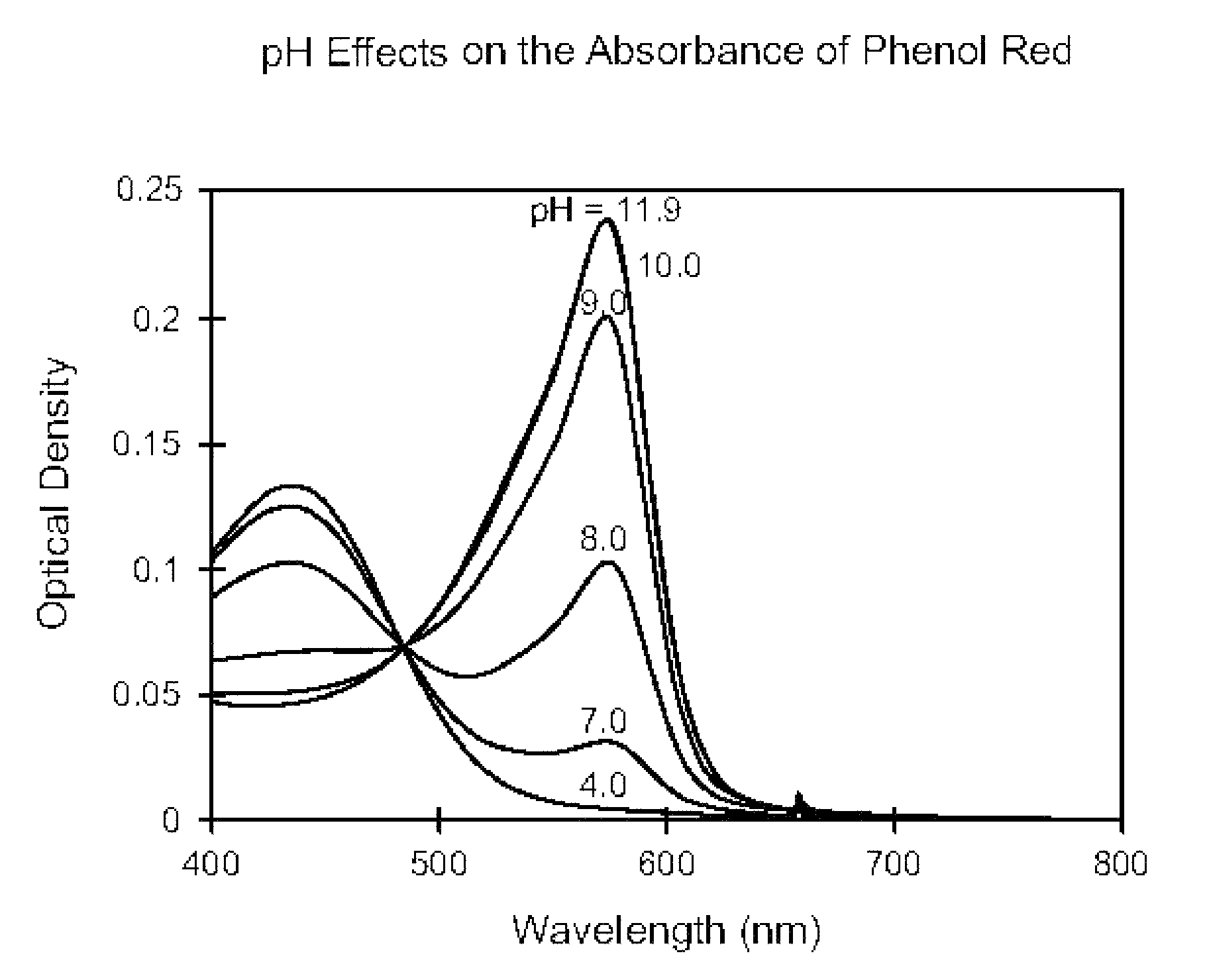Spectrophotometric method and apparatus for the cross-matching of platelets
a platelet and spectrophotometric technology, applied in the direction of positive displacement liquid engines, instruments, laboratory glassware, etc., can solve the problems of requiring significant amounts of time, not easy to count, and not easy to train individuals,
- Summary
- Abstract
- Description
- Claims
- Application Information
AI Technical Summary
Benefits of technology
Problems solved by technology
Method used
Image
Examples
Embodiment Construction
[0057]A description of the preferred embodiments of the present invention will now be presented with reference to FIGS. 1-15.
THEORETICAL BACKGROUND AND DEVELOPMENT
[0058]Dilute Dispersions
[0059]The optical spectral extinction of a particle dispersion such as whole blood or a sample of blood components contains information that, in principle, can be used to estimate the particle size distribution (PSD) and the chemical composition of the suspended particles. A large number of techniques for the estimation of the PSD from transmission spectra have been reported (van de Hulst, 1957; Kerker, 1962; Rousseau, 1984). Unfortunately, most of these techniques require that either the form of the PSD be known a priori, or that the shape of the PSD be assumed (Zollars, 1980; Melik and Fogler, 1983). More recently, regularization techniques (Towmey, 1979; Golub, 1979; Tarantola, 1987), applied to the solution of the transmission equation (Elicabe and Garcia-Rubio, 1990), have been demonstrated to ...
PUM
| Property | Measurement | Unit |
|---|---|---|
| time | aaaaa | aaaaa |
| sizes | aaaaa | aaaaa |
| sizes | aaaaa | aaaaa |
Abstract
Description
Claims
Application Information
 Login to View More
Login to View More - R&D
- Intellectual Property
- Life Sciences
- Materials
- Tech Scout
- Unparalleled Data Quality
- Higher Quality Content
- 60% Fewer Hallucinations
Browse by: Latest US Patents, China's latest patents, Technical Efficacy Thesaurus, Application Domain, Technology Topic, Popular Technical Reports.
© 2025 PatSnap. All rights reserved.Legal|Privacy policy|Modern Slavery Act Transparency Statement|Sitemap|About US| Contact US: help@patsnap.com



